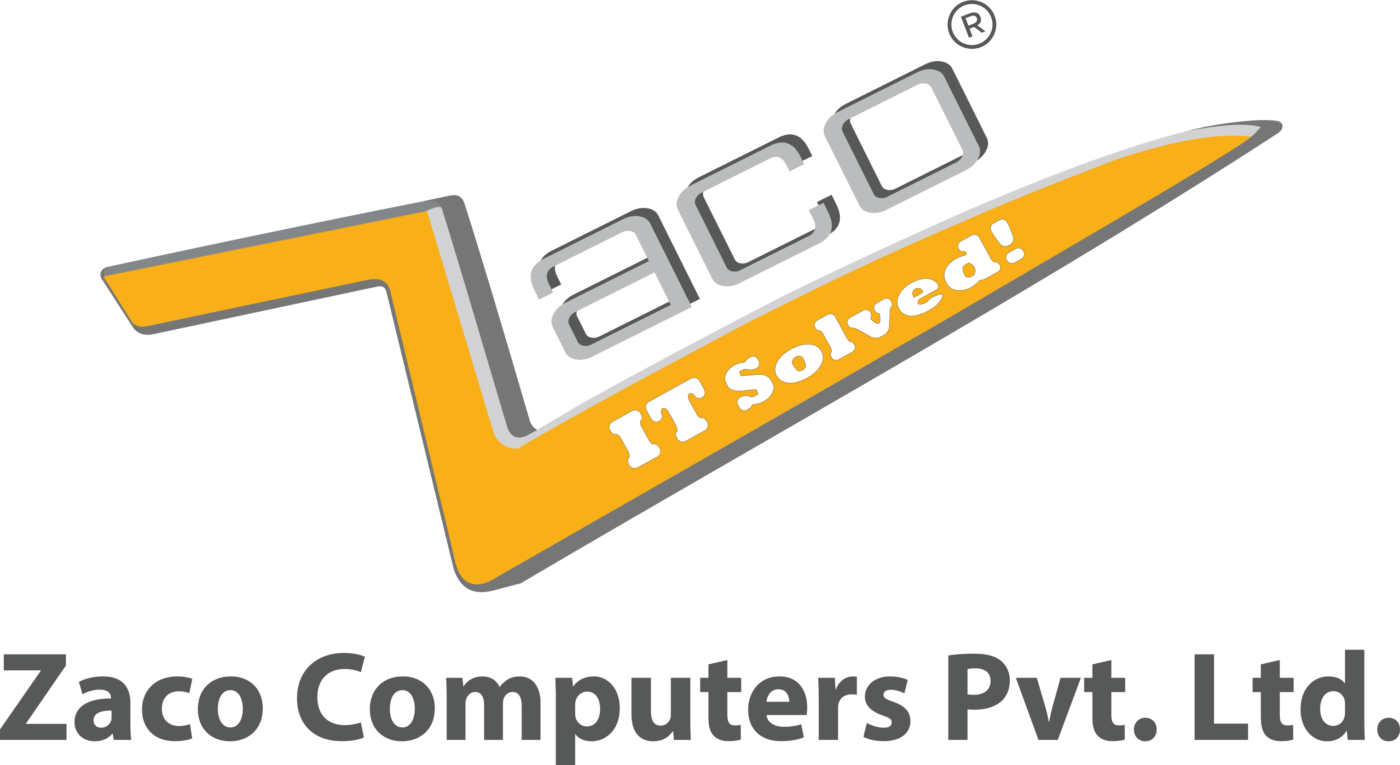With the rising cost of new enterprise servers, there has been an unprecedented rise in the demand for refurbished servers in India. Whether refurbished IBM servers or dell servers, the demand for such servers is now witnessing a steady year-on-year growth. Because these servers offer exceptional performance on par with the newer ones and also come at an affordable price, many companies choose them while refurbishing their own data centers. You need to understand exactly how important it is to have the perfect server for your company’s IT needs. Therefore, always try to find the best server for your company as it will act as the backbone of your IT operations and play a crucial role in the smooth running of the various departments in the organization.
When choosing between blade servers, rack servers or tower servers, you are generally faced with a dilemma that which of these three server types essentially will accomplish the required tasks? So how do you choose between them? As an IT professional, you’ll certainly have a hard time choosing between either a rack server, blade server or a tower server. If you are new to the concept of servers and are considering an overhaul of your data center, here is a comparative analysis of general blade servers, rack servers and tower servers to help you decide which one would be the best fit for you.
- Blade Servers:- Blade servers generally have a modular structure, which minimizes space and power requirements. Several components are removed for a lean structure. Important cooling, networking and power functions are performed by blade cabinets that contain multiple blade servers inside them. The entire blade system consists of several blade servers in one housing.
- Tower Servers:- Tower servers are very large and require considerably more storage space compared to rack or blade servers. Therefore, any company that wants to install tower servers must take the necessary measures for the required storage space. In terms of appearance, tower servers are similar to conventional tower PCs. The outdoor units are vertical and consist of all essential components such as server processors, hard drives, server motherboard, various networks, etc. so that they can perform the required functions.
- Rack Servers:- Rack servers are designed to provide a compact vertical arrangement within an external rack or cabinet structure and to provide better space utilization and centralized server management. With a rack server, installing a cooling system is essential to prevent damage from heat build-up.
So now the conclude on what type of server should you install, based on your storage, performance and IT infrastructure budget preference. Whether to go for a rack, tower or a blade server then?
If you cannot decide, it is wise to seek advice from experts who can help you make the best decision about the type of server that best suits your needs. Moreover, they can help you choose from renowned brands such as Dell servers, IBM servers, or HP servers if you are not sure about the best option too. Choice ultimately depends on the requirements which may vary from individual to a large enterprise. So before choosing between a rack, tower or blade server, ensure you get the correct opinion from our IT experts.

